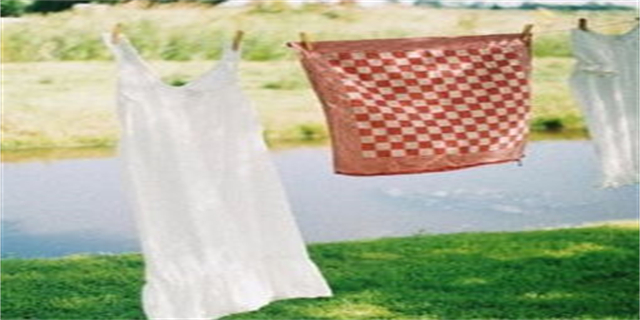illusion社(Exploring the Illusions of Perception)

Exploring the Illusions of Perception
Introduction:
We live in a world where our senses constantly provide us with information about the environment around us. However, what if I told you that not everything we perceive is as it seems? Welcome to the fascinating world of illusions, where our senses can play tricks on us and challenge our understanding of reality. In this article, we will delve into some of the most intriguing illusions of perception studied by the renowned Illusion Society.
The Misleading Power of Visual Illusions:

Visual illusions are perhaps the most captivating and well-known type of illusion. They can distort our perception of size, shape, color, and even motion. One of the classic examples is the Müller-Lyer illusion, where two lines with identical lengths appear to be different due to the addition of arrow-like symbols at their ends. Another intriguing visual illusion is the Ponzo illusion, where two identical horizontal lines appear to be different lengths due to the converging railroad-like lines that create a depth effect.
Unraveling the Mysteries of Cognitive Illusions:

While visual illusions primarily target our eyes, cognitive illusions take advantage of how our brain processes information and can trick our minds. The famous McGurk effect perfectly demonstrates this. When conflicting visual and auditory cues are combined, such as watching someone say \"ga\" while hearing \"ba,\" our brain often perceives a completely different sound, like \"da.\" This illusion highlights the intricate relationship between our senses and how our brain processes them.
Illusions and the Science of Perception:

Illusions not only captivate our attention but also serve as a valuable tool for researchers to better understand perception. By studying how illusions fool our senses, scientists gain insights into the mechanisms behind perception and the brain's ability to process information. This knowledge allows us to explore the boundaries of our sensory experience and provides valuable applications in fields such as psychology, neuroscience, and even design.
Conclusion:
The Illusion Society has dedicated years of research to unraveling the mysteries of perception. Through the exploration of visual and cognitive illusions, they have provided us with a deeper understanding of the complexities of our senses and how easily they can be deceived. As we continue to uncover the secrets of perception, the illusions studied by the Illusion Society offer us a mesmerizing glimpse into the intricate workings of our perception, challenging us to question the reality we think we know.










